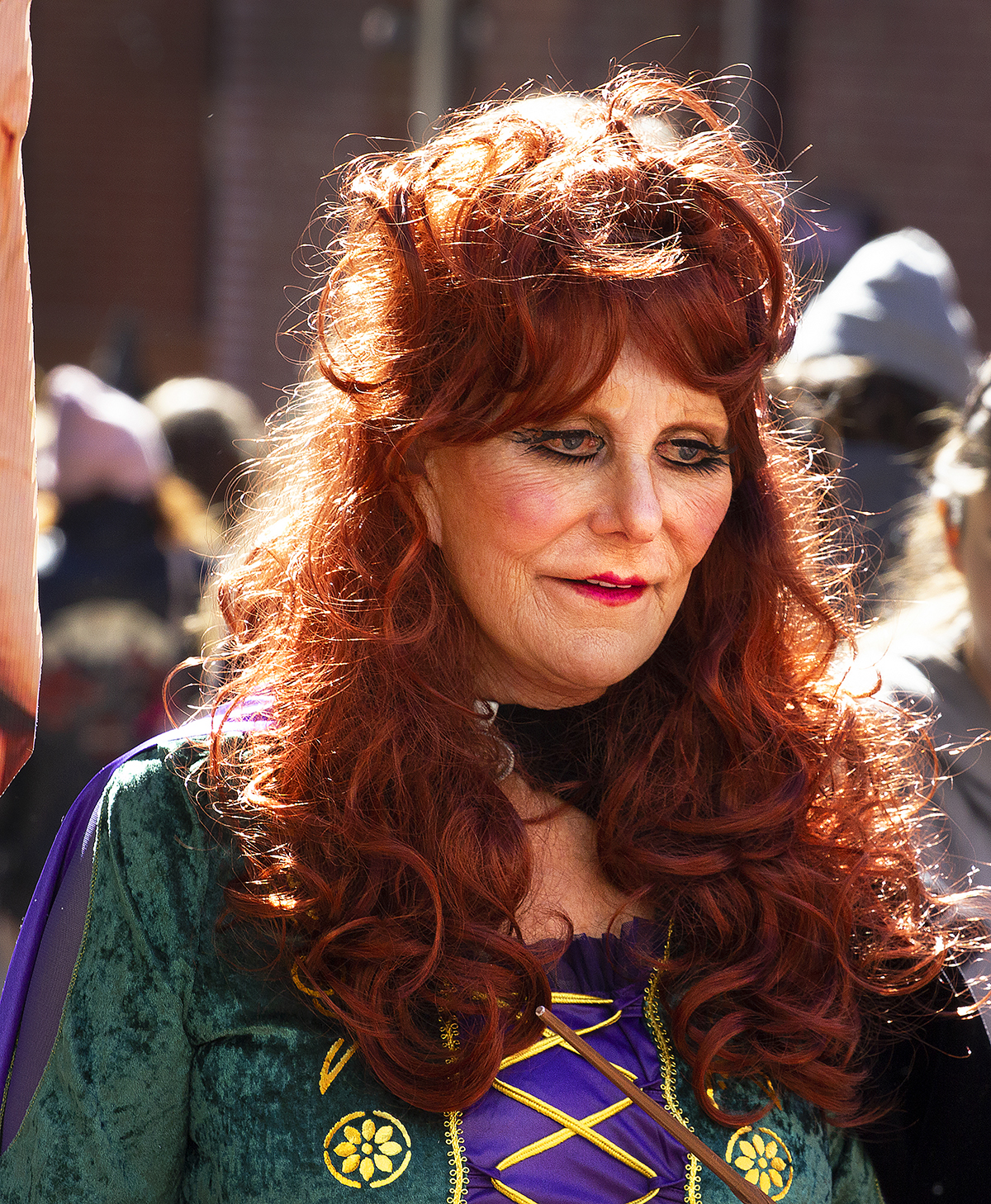There is a hidden dichotomy to Halloween in Salem. On the one hand you have the fun of childhood, the trick or treat of spooks, goblins, and witches. On the other hand you have, at least in the choice of location, the celebration of a truly terrible and unjust persecution of the late seventeenth century. People were falsely accused and murdered. This is not to be lauded and is, in fact, a terrible stain in our march for social justice.
At the risk of getting too serious here, it is believed that large parts of the christian mysogynist world view stems from St. Augustine, who more than any other early early christian thinker forged both Roman Catholicism and Protestantism’s view of woman. Dramatically, in our age of developing feminism, where thinkers like Richard Tarnas see feminism as a positive rising force in Western Philosophy – the Passion of the Western Mind – we are beginning to spontaneously think much more positively of witches.
In Figure1 we see one of the Good and True Witches of Salem, MA. In a real sense the term “Good Witch” is a hold over of St. Augustine’s prejudices. One and a half millennia later are we just beginning to understand that goodness is a fundamentally human quality despite all contrary indications?
“The first time I called myself a ‘Witch’ was the most magical moment of my life.”
― Drawing Down the Moon: Witches, Druids, Goddess-Worshippers, and Other Pagans in America

